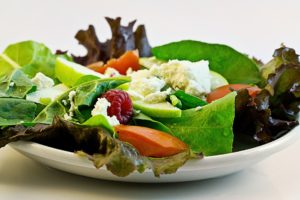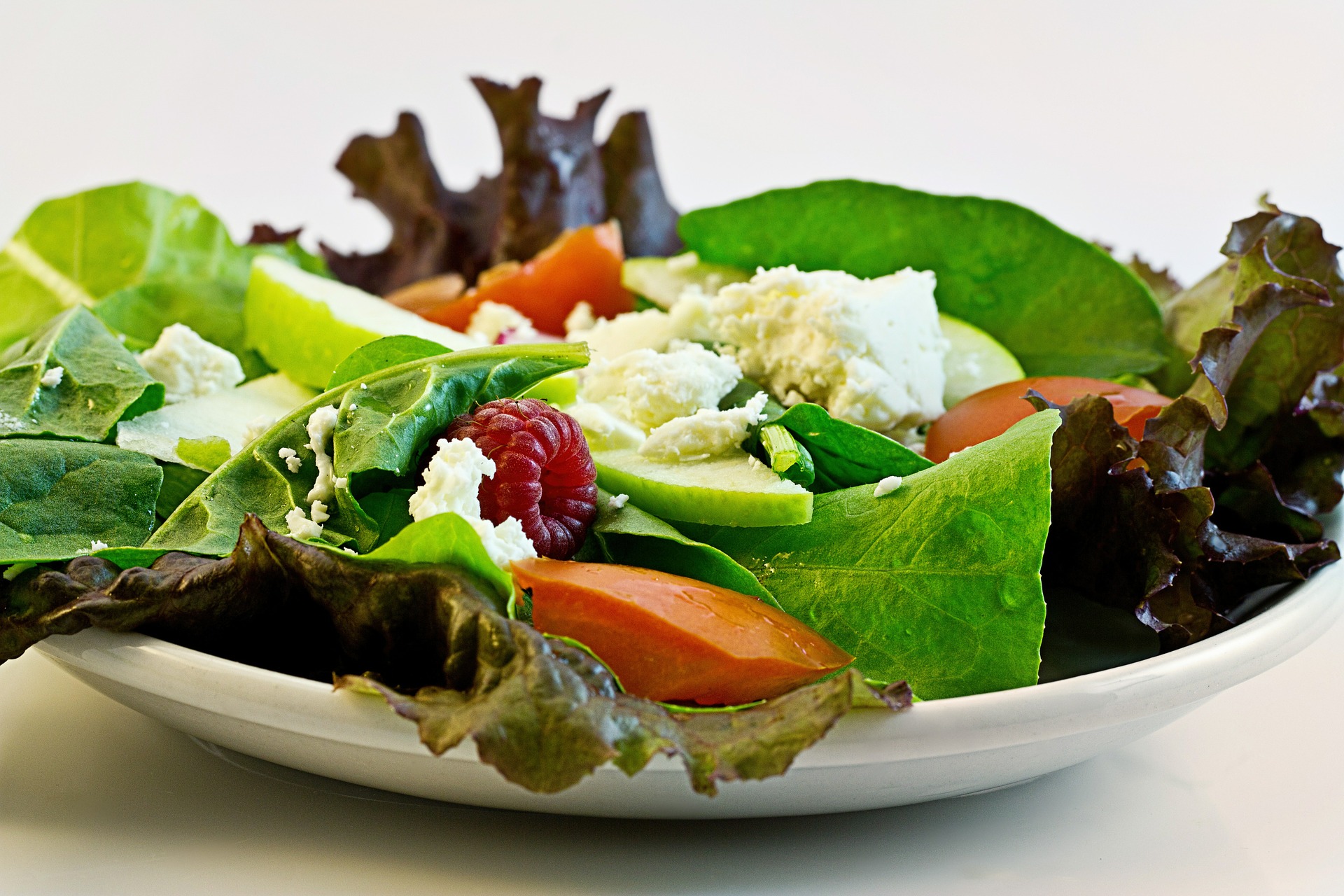
I paid $17 for a salad today. To be fair, it was an entree sized “organic, sustainable” salad and fresh strawberry lemonade was also included in the purchase. When it arrived, it looked amazing, like you’d see on a commercial–mixed greens, avocado, cucumbers, tomatoes, garlic chickpeas and ginger soy dressing. Was it worth it? That depends on your perspective. Worth it in the sense of enjoying pesticide-free, organic, recommended daily allowances of veggies and protein? Yes. Worth it in regards to fulfilling internalized societal standards of being “good” or obedient to healthy food choices? Ugh…yes. Still trying to turn that voice off. But the taste? No. Return on investment (i.e., being satiated for several hours)? No.
Truly healthy or “clean” eating is an acquired taste to which I am slowly acclimating. It’s not that I’ve never eaten nutritious foods and enjoyed them, however, with the exception of fruit, they were not my childhood staples. As with all things we can trace our problem back to a well-meaning mother and nefarious corporations. Growing up, our kitchen held two extremes: inexpensive, processed food guaranteed to feed and satisfy three growing kids with little waste as money was tight, or “diet food” for when my mom rejoined Weight Watchers to lose a few pounds. Diet food was cottage cheese (sidenote: there has never been food I have wanted to like more than cottage cheese, but I just CAN’T. And I have mixed feelings about it, however, you can now get organic and sustainable cottage cheese from companies like Good Culture, which is pretty appealing) and pineapple, Weight Watchers brand wheat bread, a head of iceberg (do people eat iceberg anymore?) drowning in light (not to be confused with “lite” as in Spam or Miracle Whip) Italian dressing. Such diet food as I now know is not truly nutritious. It, like most of the foods that clutter the Standard American Diet (SAD—wow, such a telling acronym) are highly processed, devoid of naturally occurring nutrients and filled with addictive sugars and flavors. I don’t know how long it was before I knew that vanilla came from a bean and not a bottle. After years of grocery brand blocks of vanilla-flavored ice cream, I thought that Breyers was diet ice cream. And cheese–I don’t think I ate actual cheese, and not “cheese product”(looking at you, Kraft and Velveeta) until maybe high school.
Essentially food has always basically been divided into two categories for me: regular and diet. And eating “diet” food was expressly for the purpose of losing weight, not enjoyment or satiation. About 8 years ago, I naively, yet seriously asked a coworker and friend if she ate so healthy because she used to be fat. She laughed and said that it was just how she chose to eat and had done so for a long time. As a part-time dog sitter in tech rich San Francisco, I get an intimate look at the eating habits of the inhabitants of Silicon Valley and it’s so…pure. Food delivery, pressed juices, steel cut oats, unsweetened butter (did I miss the memo on the dangers of salted butter?), unflavored rice cakes and natural peanut butter. And it all seems to be eaten unironically and with great satisfaction. I must say it does seem appropriate that Silicon Valley of all places is the most forward-thinking when it comes to the extensive network of food delivery drivers using the very best courier software to ensure excellent customer service. Anyway, I’ve always hated commercials where women (its always women) ravenously and joyously gulp down some bullshit “guiltless” treat, as if it tasted as good or even better than what they really wanted to eat. But my sneak peek into other peoples’ pantries has made me consider that there’s some grain (get it) of truth in this advertsing and that everyone’s palates are different.
Truly healthful eating that focuses on human nutritional needs, not dieting and “diet” versions of processed foods comes as a bit of a culture shock. In choosing to consume in this manner, there is an inherent level of responsibility I’ve never considered or previously cared to take on which is not just to choose food based on taste or for the promises the packaging makes, but instead to be informed about the food, if and how it is processed and its effects upon the body. Indulging in tasty and filling food is a (intentionally) hard habit to break, not to mention it seems ridiculously more economical. I say seems because I keep hearing indirectly that it is possible to eat a healthy, non-processed diet on a budget. But as someone who never remembers coupons and is not a stict adherent to budgets (hence the $17 salad), I have some doubts. And taste, taste, taste! In my calculations, today’s salad should have been quite delicious, but it was quite the opposite. I am not blessed with culinary apptitude. The only seasonings I know how to use are salt (lemon pepper), salt (seasoning salt), salt (garlic salt), salt (soy sauce), and salt (salt). Do I now need to learn what exactly cumin is? Buy a chia pet and grow my own basil? Time will tell. But for now, I am placing a $10 cap on all salads.
Shanna Houser Contributor [email protected]




































